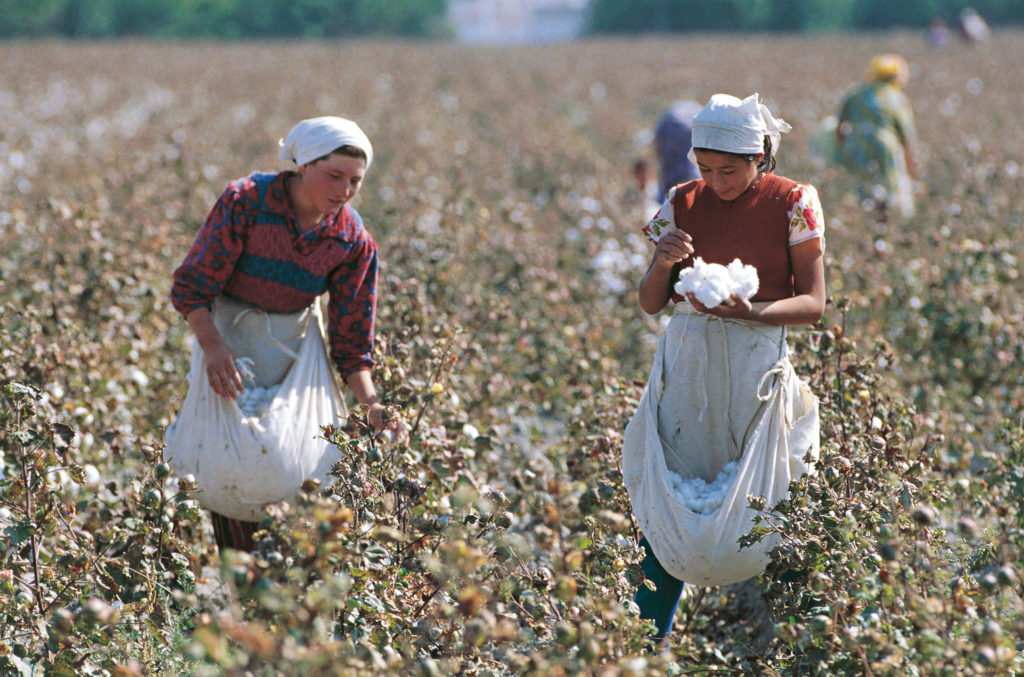TASHKENT
Uzbekistan’s Shavkat Mirziyoyev has urged the government to attract 146 million euro worth of foreign loans to modernise outworn water pumping stations in Surkhandarya, Kashkadarya, Samarkand, Navoi and Bukhara regions amid increased water shortages and drought.
The Central Asian nation, which has the largest agricultural industry in the region, has in recent years lost 80,000 hectares of irrigated land due to obsolete water pumping stations, Uzbekistan’s president told the government meeting.
The water supply also deteriorated on 607,000 hectares of irrigated land. The country needs at least 700 million euro worth of funds to modernise the whole irrigation facilities.
The initial project to be implemented by the end of the year should return 40,000 hectares of land into circulation and improve water supply on 315,000 hectares.
“Through the introduction of water-saving technologies on the lands covered by the project, we could reduce water consumption by 40 percent and put an additional 20,000 hectares of land into use,” Mirziyoyev said.
Uzbekistan, a country of 35 million people, is reforming its economy to meet the demand of a growing population and an often outdated infrastructure that’s becoming increasingly inefficient and expensive to run. About a fifth of Uzbekistan’s labour force is employed in agriculture. The sector makes up a quarter of its gross domestic product and provides a sizeable share – almost 10 percent in 2019 – of its export revenue. Uzbekistan’s principal crops are cotton and grain, but the government’s decision to scrap quotas and price controls means production is shifting towards higher-value cultivation such as fruit and vegetables.
Uzbekistan, the world’s 8th largest cotton producer and the 11th largest exporter, produced 3.8 million tonnes of cotton in 2020 in over 1,3 million hectares of land.

